Who Invented the Coat Hanger, and Other Household Mysteries Solved
http://decor-ideas.org 11/10/2013 16:20 Decor Ideas
Look around you. Notice any objects whose designs changed the world? No, not your phone. Or your computer. Look closer. You probably use these objects every day but never really stop to think about what life would be like without them, or where they originated. The paper clip, Post-It note, Bubble Wrap, Legos — these items permeate our lives, and yet most of us have no idea where they came from. (Hint: It wasn’t Steve Jobs.)
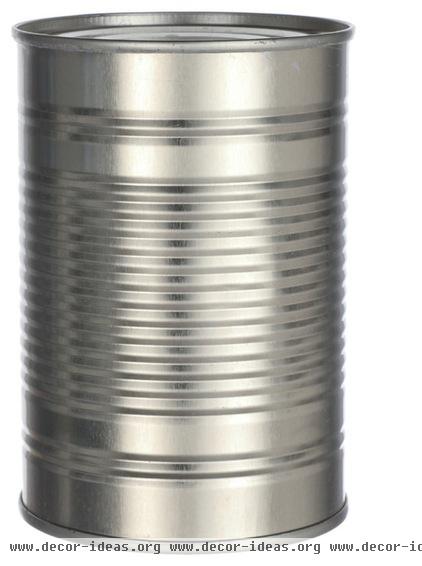
A new exhibit seeks to change that. Hidden Heroes: The Genius of Everyday Things profiles 36 common, everyday objects — the tin can, Band-Aids and Scotch tape among them — and presents them in their historical and pop cultural context. For example, viewers see patent drawings and the advertisements for an object that circulated during the time it was invented.
The Vitra Design Museum in Germany organized the exhibition, which showed at the Massachusetts Institute of Technology before arriving at California's San Jose Museum of Art, where it will be up through February 2, 2014.
“It’s not the goal of the Vitra to ‘museumify’ these objects,” says Kat Koh, the San Jose Museum of Art's interim curatorial assistant. “The point is, these are objects you’ve seen since you were born and have used. In a museum you think, ‘Oh, it’s only art or expensive, special things.’ This takes that idea and turns it on its head.”
Info: Hidden Heroes: The Genius of Everyday Things; San Jose Museum of Art; October 17, 2013, through February 2, 2014; open Tuesday through Sunday from 11 a.m. to 5 p.m.; admission is $8 for adults, $5 for seniors and students, and free for kids 6 and younger.
A Peek at Some of the Exhibit's Objects
The tin can. Napoleon was looking for a way to package food for his troops so it wouldn’t spoil over long periods of time. A British merchant named Peter Durand came up with a way of using thin sheets of tin coated in iron, instead of the fragile glass jars that had been used previously. King George III granted a patent for the tin can in 1810, and now tin cans are in almost every kitchen and are a vital part of disaster relief around the world.
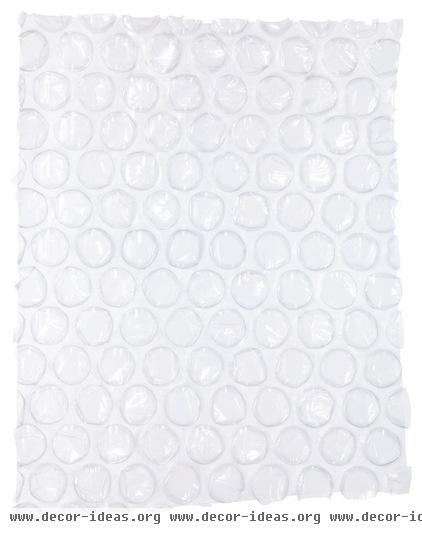
Bubble Wrap. Engineers Al Fielding and Marc Chavannes invented Bubble Wrap in the late 1950s. At the time they were experimenting with developing a new type of wallpaper with a textured plastic surface. On a plane flight, Chavannes noticed that the clouds seemed to cushion the plane as it descended for landing. This, legend goes, gave him the idea to use sealed air inside plastic film as a packaging material. Just a few years later, he and Fielding began mass production of Bubble Wrap.
Legos. Toy manufacturer Ole Kirk Christensen named his company Lego (Danish for “play well”) in 1934. He bought Denmark’s first injection-molding machine in 1947 and rolled out the first Lego brick two years later. By 1958, it had evolved into the form that you still see today.
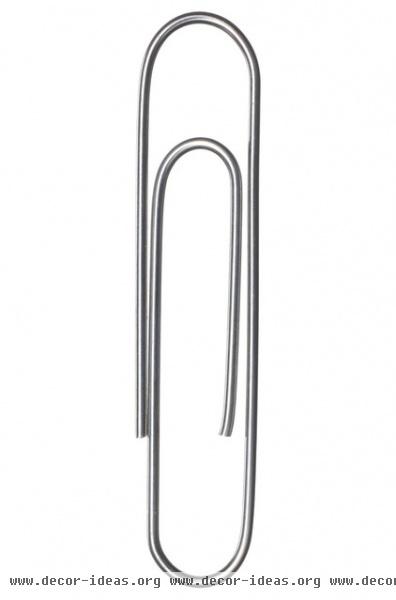
The paper clip. This humble and incredibly useful design dates back to the late 19th century, when machines for bending and cutting steel wire were first developed.
Post-It notes. No, Romy didn’t invent the Post-It. During the early 1970s, Art Fry, a scientist at 3M, became irritated when his paper bookmarks kept falling out of his hymnal during choir rehearsals. A few years prior to this, his colleague, Spencer Silver, had failed to create a new, superstrong adhesive he’d hoped for, instead creating a weak glue that made things stick together but also allowed them to be just as easily pulled apart. This gave Fry the idea of coating paper with Silver’s adhesive to create temporary page markers. And the Post-It was born.
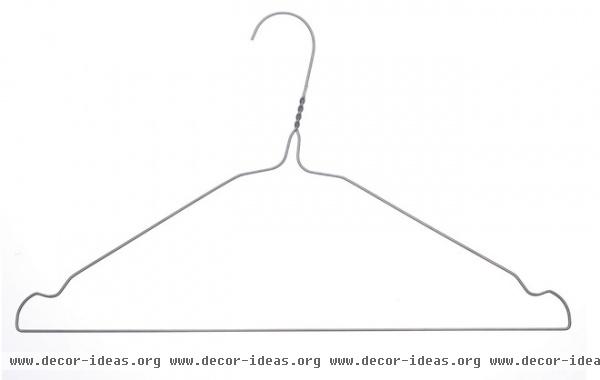
The wire coat hanger. The story goes that Albert J. Parkhouse, an employee at J.B. Timberlake and Sons, which made things like wire novelties and lampshades, arrived at work one winter day around 1904 to find that all the coat hooks had been taken. He spontaneously bent a piece of wire to create a hanger.
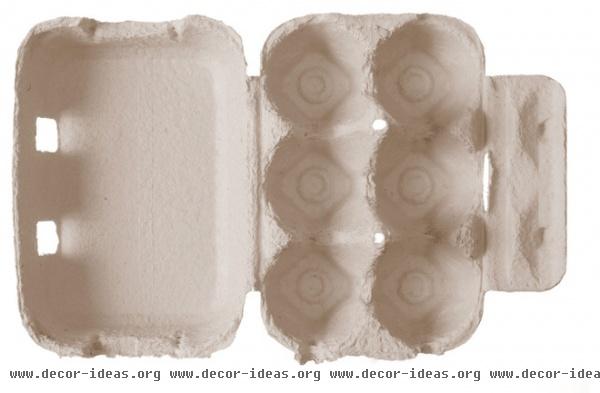
The egg carton. In the early 20th century, American Martin L. Keyes got the idea of manufacturing a pulp out of residual wood chips to create a pressed, fibrous material that could be easily molded into all kinds of shapes. His process was used in the 1930s to manufacture egg cartons.
All photos © Vitra Design Museum; photographer: Andreas Sütterlin
Related Articles Recommended












